Page 5 of 5
Re: Queyras region 2020
Posted: Thu Sep 10, 2020 9:20 am
by Medard
Alpe d'Huez
We made an early start and took the road to La Grave, the village was devoid of the usual tourist crowds.
We had not travelled far when we had an unexpected treat to delight us, four Chamois were at the side of the road, a great photo opportunity, it’s rare to see these animals so close, normally they inhabit the high mountains, they are such graceful delicate animals.
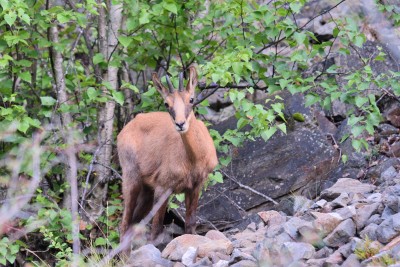
- Chamois
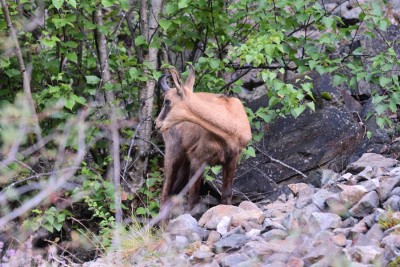
- Chamois
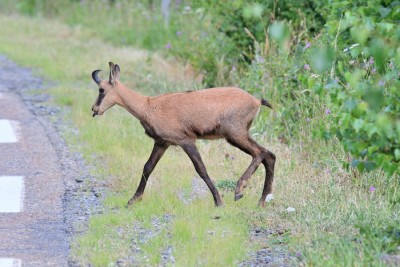
- Chamois
We continued our journey until we reached the climb to the ski station, it was steep and torturous, bypassing the hotel complex we continued to the upper car park, at first we were all but alone but it didn’t last long, the tourists poured in and the car park quickly filled. Despite my wife's eagle eye and my own efforts, any hopes of seeing any Cranberry blues quickly faded but I did have a little fun with some Skippers nectaring on chive plants that were attracting several other species.
We decided to stay and overnight at the car park hoping to capture the sunrise over the lake but the Police Municipal arrived, they had other ideas and politely sent us to the mobile home parking in the ski village, after a little searching we eventually found the park, it's a huge area, everything at Alpe d'Huez is on a grand scale, as David M notes in his travelogue , it’s huge, glad I never skied there.
https://jamesgibbs6929.zenfolio.com
At the parking the first skippers were seen
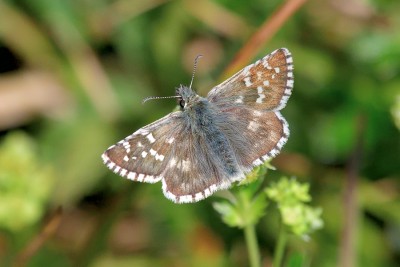
- Skipper
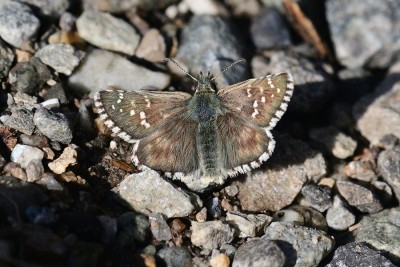
- Skipper
Geranium Argus Eumedonia eumedon is a species I rarely see I do hope I have these correctly identified.
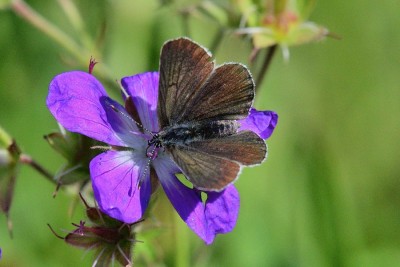
- Geranium Argus
Eumedonia eumedon
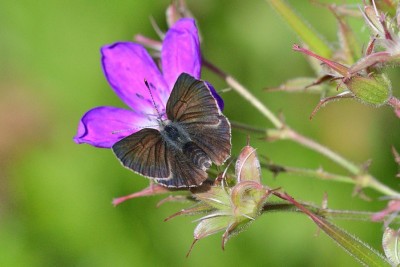
- Geranium Argus
Eumedonia eumedon
More to follow.
Re: Queyras region 2020
Posted: Thu Sep 10, 2020 5:45 pm
by Matsukaze
To a fan of the Tour de France like me, Alpe d'Huez's reputation for steepness precedes it. We are hoping to get a camper van in the near future for long road trips - will going up places like this trash the vehicle?
Re: Queyras region 2020
Posted: Thu Sep 10, 2020 7:49 pm
by David M
Matsukaze wrote: ↑Thu Sep 10, 2020 5:45 pm
To a fan of the Tour de France like me, Alpe d'Huez's reputation for steepness precedes it. We are hoping to get a camper van in the near future for long road trips - will going up places like this trash the vehicle?
No, it won't, Chris.
Being a major ski resort the road leading up is pretty wide and in good condition, no doubt because of all the coaches/heavy plant vehicles that need to get up there as a matter of routine.
Re: Queyras region 2020
Posted: Fri Sep 11, 2020 9:27 am
by Medard
Alpe d'Huez 2070mContinued
https://jamesgibbs6929.zenfolio.com/
I am sure that I was watching two different species of Skipper, one had a wide wingspan
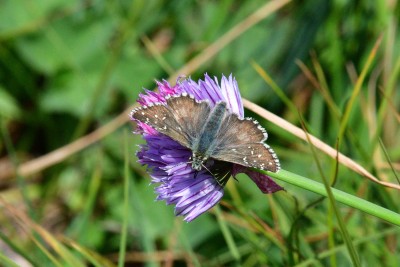
- Skipper,
the other was smaller more dumpy.
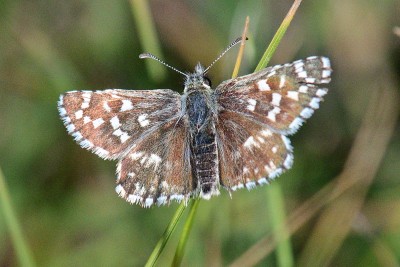
- Skipper,
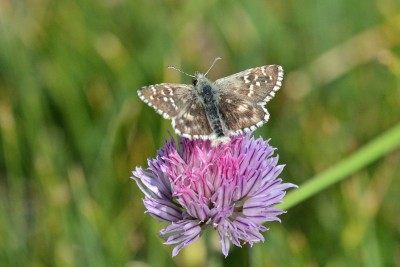
- Skipper,
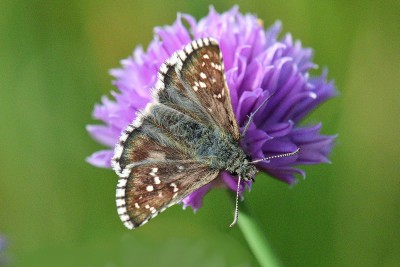
- Skipper,
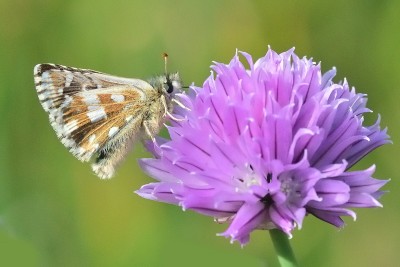
- Skipper,
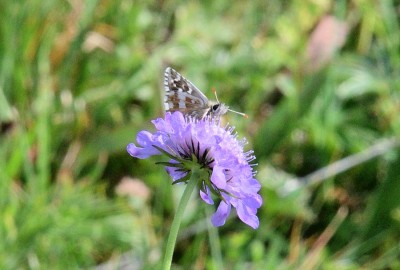
- Skipper,
Common Blue (Polyommatus icarus) ?
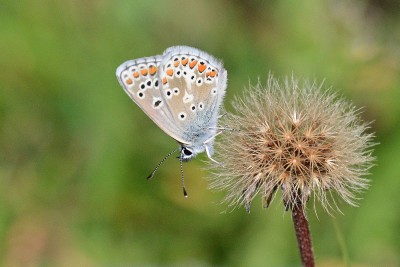
- Common Blue (Polyommatus icarus)
Chalk-hill Blue (Polyommatus coridon)
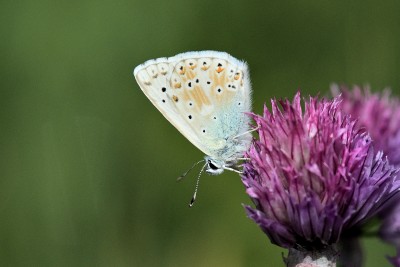
- Chalk-hill Blue (Polyommatus coridon)
Alpine Heath (Coenonympha gardetta)
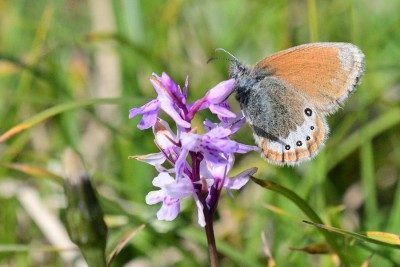
- Alpine Heath (Coenonympha gardetta)
A worn Glanville Fritillary (Melitaea cinxia)

- Glanville Fritillary (Melitaea cinxia)
More to follow.
Re: Queyras region 2020
Posted: Fri Sep 11, 2020 11:32 am
by David M
Medard wrote: ↑Thu Sep 10, 2020 9:20 am...Geranium Argus Eumedonia eumedon is a species I rarely see I do hope I have these correctly identified.
Yes you do, Jim.

Well done getting so close to those chamois. Nearest I've got was at Madone de fenestre a couple of years ago when there was one in the light woodland about 50m from me.
Re: Queyras region 2020
Posted: Fri Sep 11, 2020 11:34 am
by David M
Medard wrote: ↑Fri Sep 11, 2020 9:27 am...I am sure that I was watching two different species of Skipper, one had a wide wingspan...the other was smaller more dumpy.
Pretty sure the second one is
malvoides, Jim.
Re: Queyras region 2020
Posted: Fri Sep 11, 2020 1:51 pm
by Roger Gibbons
Well done getting so close to those chamois. Nearest I've got was at Madone de fenestre a couple of years ago when there was one in the light woodland about 50m from me.
I have managed to get even closer. I used to stay in a little chambre d'hôte at Le Coin in the Queyras at 2000m altitude. It was the type of property designed for the animals on the lower floor and the humans on the upper floor, to benefit from the heat of the animals (one winter they had 7m of snow). The image gives some idea of the degree of sophistication. The communal meal was always something of an adventure, and I learnt early on not to ask. But someone did, and they lived to regret it when Mme Pougeol told them it was chamois - her husband was a hunter and had a licence to kill two chamois per annum if used for food.
Another amusing episode occurred on a different occasion when someone asked what it was we had just eaten. Mme Pougeol said it was oreilles d'âne - English translation: donkey's ears. Mme P, who had a sense of humour, omitted to mention that it was a type of lasagne with spinach, and that no donkeys were harmed in the making of this meal.
I confess with a sense of shame that advancing years meant that for the past couple of years I have stayed at a hotel with a spa.
Roger
Re: Queyras region 2020
Posted: Fri Sep 11, 2020 4:15 pm
by Medard
Love the story Roger, I have come across oreilles d'âne and have also been confused, I guess it's a little like Toad in the Hole,and don't ever serve American guests Faggots, another faux pas that we have had the misfortune to explain, yes my wife and I have had our surprises in France ,our village twins with St Medard de Guizieres, one evening at dinner we were served some rather suspicious looking balls similar to tennis balls, they didn't look very appetising, we both hesitated ,I politely enquire as to what they were, before the lady who had prepared them could reply her husband got in first "cacahuètes de taureaux" uproar ensued, the ladies were most put out, "Ils sont très chers au un restaurant" then there follow a confused explanation, my French friends do not speak English, the more they tried to explain the more confused we became, finally frustrated our hostess went and got a dictionary and showed a picture of a Squid we finally found that our mysterious delicacy was stuffed Squid
Bon Appétit.
Re: Queyras region 2020
Posted: Fri Sep 11, 2020 7:47 pm
by David M

Lol! Love these anecdotes. Somehow I always have managed to avoid situations such as these, which makes me feel a little bereft in all honesty!
Re: Queyras region 2020
Posted: Sat Sep 12, 2020 10:02 am
by Medard
Alpe d'Huez 2070m Continued
https://jamesgibbs6929.zenfolio.com
Would someone kindly take a second look at this Skipper ,could it be an Alpine Grizzled Skipper (Pyrgus andromedae)
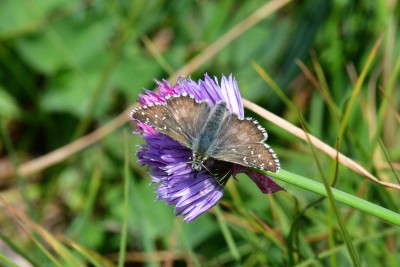
- Skipper.
Chalk-hill Blue (Polyommatus coridon)
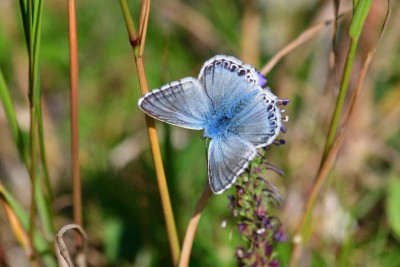
- Chalk-hill Blue (Polyommatus coridon)
Alpine Heath (Coenonympha gardetta)
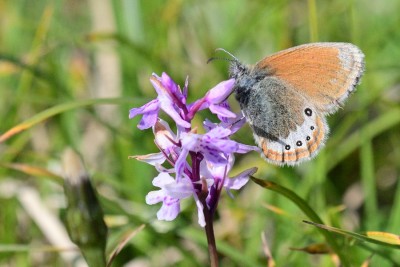
- Alpine Heath (Coenonympha gardetta)
I was unable to get an underside shot to identify this frit ,its certainly a beauty.
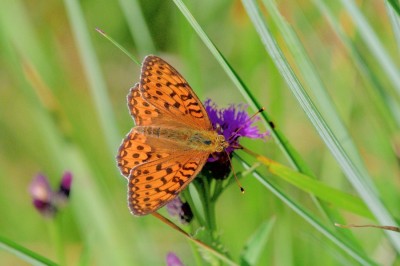
- Fritillary
Silver-studded Blue (Plebejus argus) or Idas Blue (Plebejus idas) ?
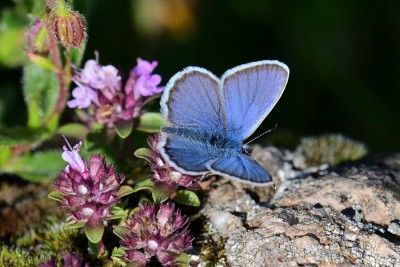
- Silver-studded Blue or Idas Blue
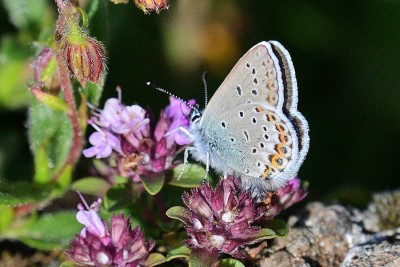
- Silver-studded Blue or Idas Blue
More blues
More blues females
I'm going with Common Brassy Ringlet (Erebia cassioides)
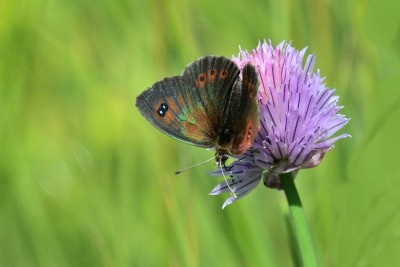
- Common Brassy Ringlet (Erebia cassioides) ?
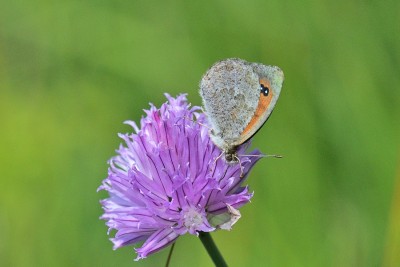
- Common Brassy Ringlet (Erebia cassioides) ?
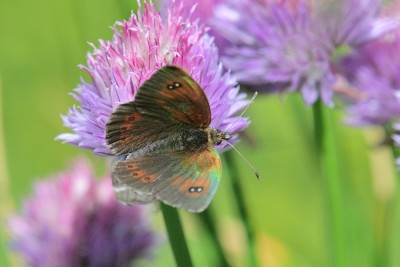
- Common Brassy Ringlet (Erebia cassioides) ?
And for the gourmets amongst you, how about "Truite au Bleu"
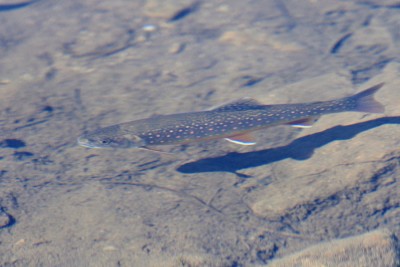
- Trout
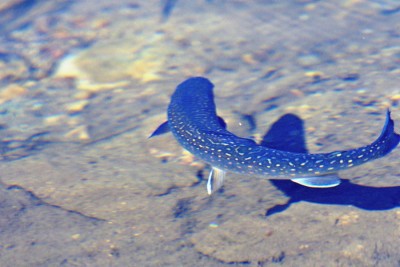
- trout
Our plan is to visit an old acquaintance in the Beaujolais where we find the last butterflies of the trip.
Re: Queyras region 2020
Posted: Sat Sep 12, 2020 1:02 pm
by Roger Gibbons
The skipper, I would suggest, is between Dusky (P. cacaliae) or Carline (P. carlinae) and my feeling is that it is a lightly marked carlinae. Olive (P. serratulae) can’t be entirely ruled out. It’s one of those Pyrgus that doesn’t readily fall into any camp.
The fritillary I would suggest is Dark Green (Argynnis aglaja) and the blues Idas (Plebejus idas).
Re: Queyras region 2020
Posted: Sat Sep 12, 2020 9:21 pm
by David M
Your erebia is now officially known as Western Brassy Ringlet - arvernensis, although it will take a few years before I can shift 'Common Brassy Ringlet' from my brain, in the same way as I have had to adjust to Iberian Scarce Swallowtail.
Re: Queyras region 2020
Posted: Fri Sep 18, 2020 9:12 am
by Medard
The Beaujolais
We leave Alpe d'Huez early, a good decision as the descent was free from up coming traffic, once at the bottom we made good progress, the road works at Grenoble were tiresome to drive through but once having passed Grenoble no further problems, we stopped at a motor rest area "Pierre dorée" for coffee, we then had a change of plan deciding to visit a little site in the Beaujolais region.
We had previously visited this small camping and of course it would give an opportunity for some "essential Beaujolais" that is, Mr Frank Bessons excellent wine, Frank's small camp site is situated between Juliénas and Jullié the latter a pretty little hillside village that would make an idea location for a remake of Clochemerle (a 1972 TV series) that I am sure some of you will remember.
Always alert for the winged wonders I was attracted to three species, Weaver's Fritillary (Boloria dia)
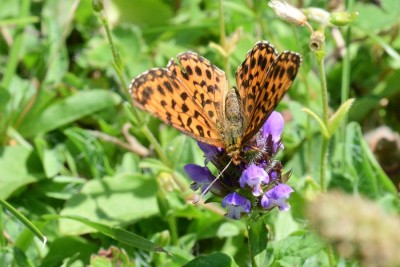
- Weaver's Fritillary (Boloria dia)
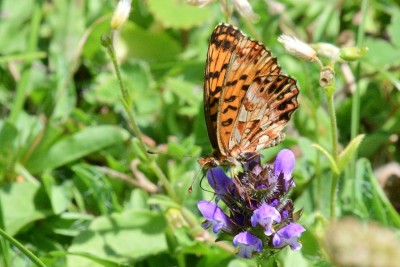
- Weaver's Fritillary (Boloria dia)
Provençal Short-tailed Blue (Cupido alcetas) ?
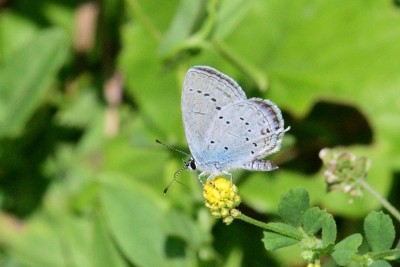
- Provençal Short-tailed Blue (Cupido alcetas)
It was a good visit for Skippers, I'm guessing Grizzled Skipper (Pyrgus malvae/malvoides) ?
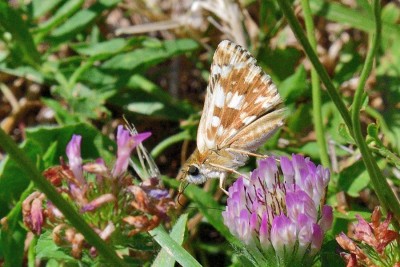
- Skipper
this time I hope I have them correctly identified.
With the coronavirus news coming from Spain, we now decide to return to the Uk fearing an imminent French lock down and to avoid the troublesome quarantine form filling that would result from lockdowns, so after a two day rest we once again take to the road.
The Beaujolais
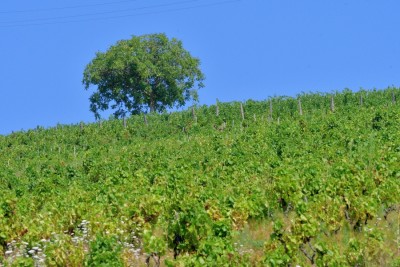
- The Beaujolais
Le Clos de fief,
Cheers

- Le Clos de fief
https://jamesgibbs6929.zenfolio.com/
Re: Queyras region 2020
Posted: Tue Sep 22, 2020 10:47 am
by David M
Looks like a splendid trip, Jim. I'm glad you managed it given the uniquely difficult situation this year.
It's been extremely enjoyable reading of your experiences and, of course, seeing your lovely images.
Re: Queyras region 2020
Posted: Sun Sep 27, 2020 11:34 am
by Medard
Thank you for taking an interest in my voyage to France David, I hope it will inspire others to visit France and the places that I visited and enjoy them as much as I have done.
Corvid did create some anxiety and problems for sure but overall I rate the trip a success, the weather was perfect, giving me the opportunity for the five new species that I have been able to add to my folders, that's a good result, very pleased.
Lady Luck made sure I was rewarded for my efforts by sending me the Alpine Grayling (Oeneis glacialis),so I nominated the Alpine Grayling for the Golden Butterfly of the year award.
The Alpine Grayling,
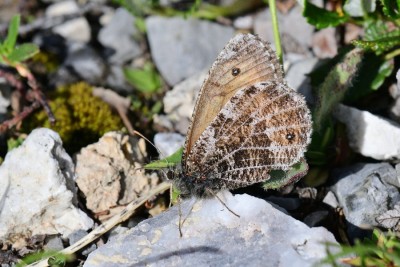
- Alpine Grayling (Oeneis glacialis)
Can’t explain why but finding Varia was exciting, I guess because it had eluded me so often , a very satisfying find.
Remains for me to wonder what the prospects will be for a return in the coming year 2021, not looking good at the moment.
https://jamesgibbs6929.zenfolio.com